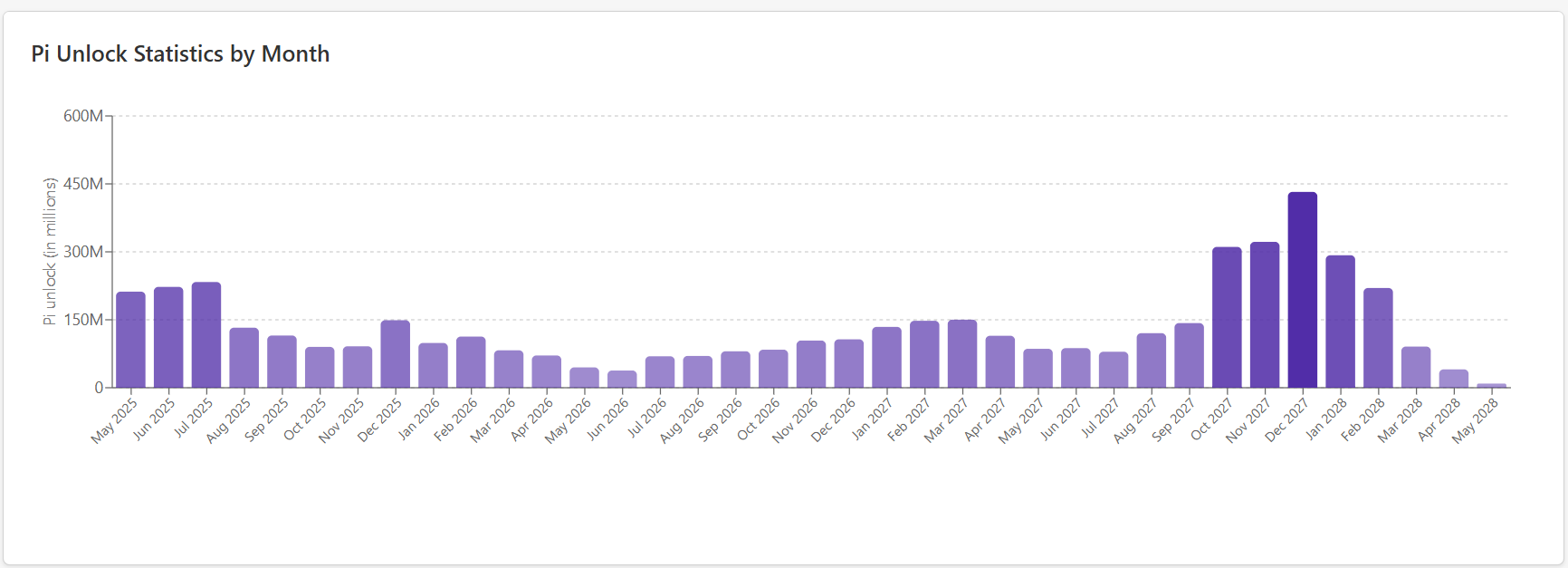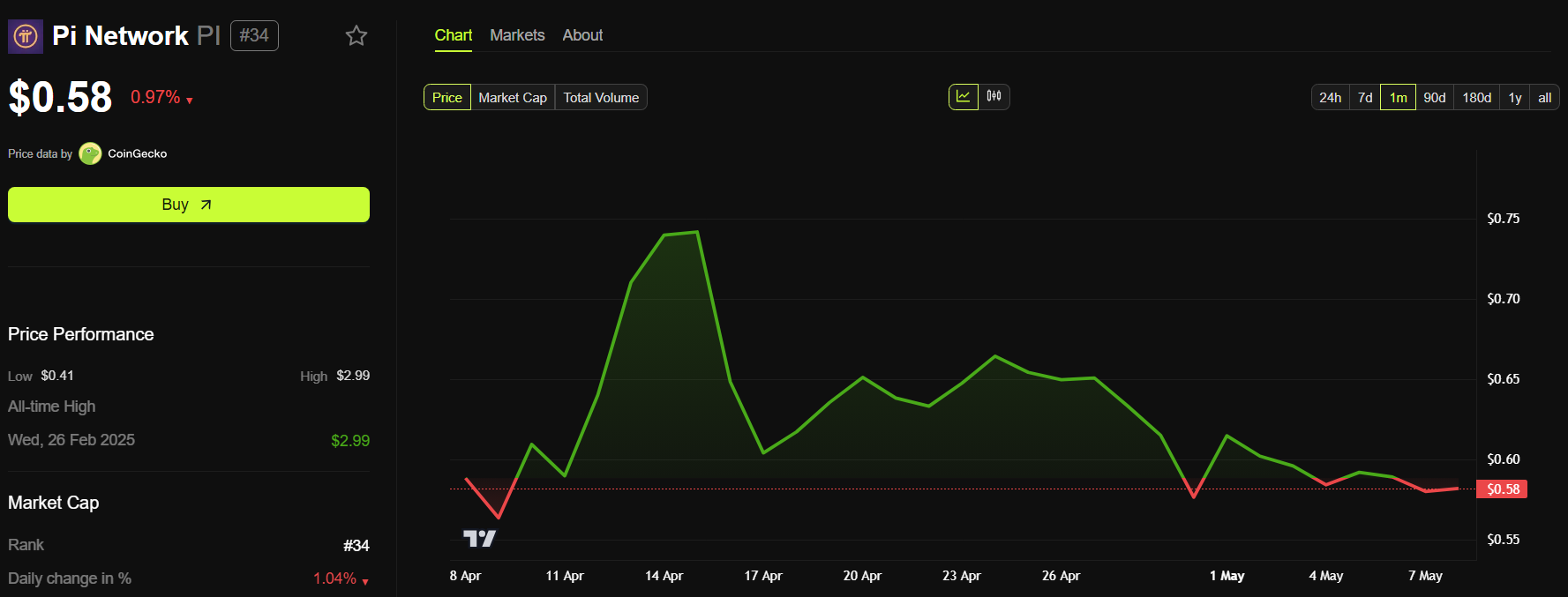The trading platform Ox.fun, associated with Three Arrows founder Su Zhu, allegedly increased the supply of OX tokens from approximately 4 billion to nearly 9.8 billion without making an official announcement.
Following the collapse of Three Arrows Capital (3AC), Su Zhu faced imprisonment, further fueling concerns about Ox.fun’s credibility. However, subsequent details offer additional context.
Ox.fun Increases Total Supply of OX Tokens
According to posts on X, users accused Ox.fun of discreetly increasing the total supply of OX tokens from around 4 billion to more than 9.8 billion without prior disclosure. Data from Ox.fun’s official dashboard and Etherscan, a reputable blockchain analysis tool, verified this change.
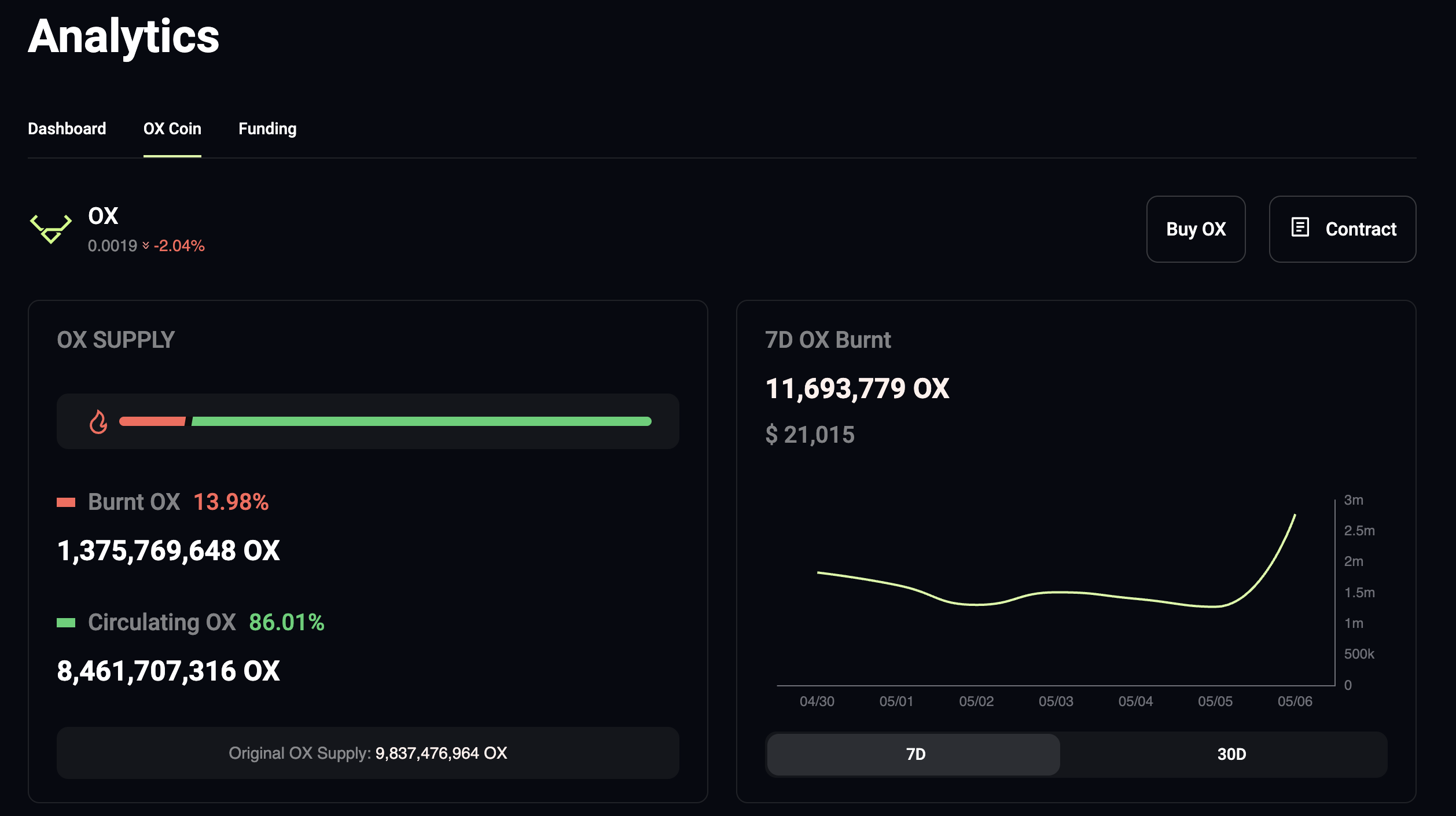
Moreover, according to a December 2024 post from Ox.fun on Twitter, the original OX supply was verified as 4.2 billion.
The supply increase has not yet significantly impacted the price of OX tokens at the time of this writing. However, it has caused the token’s market capitalization to surge from under $5 million to approximately $17 million. In other words, users online said the project quietly inflated its value without any formal announcement.
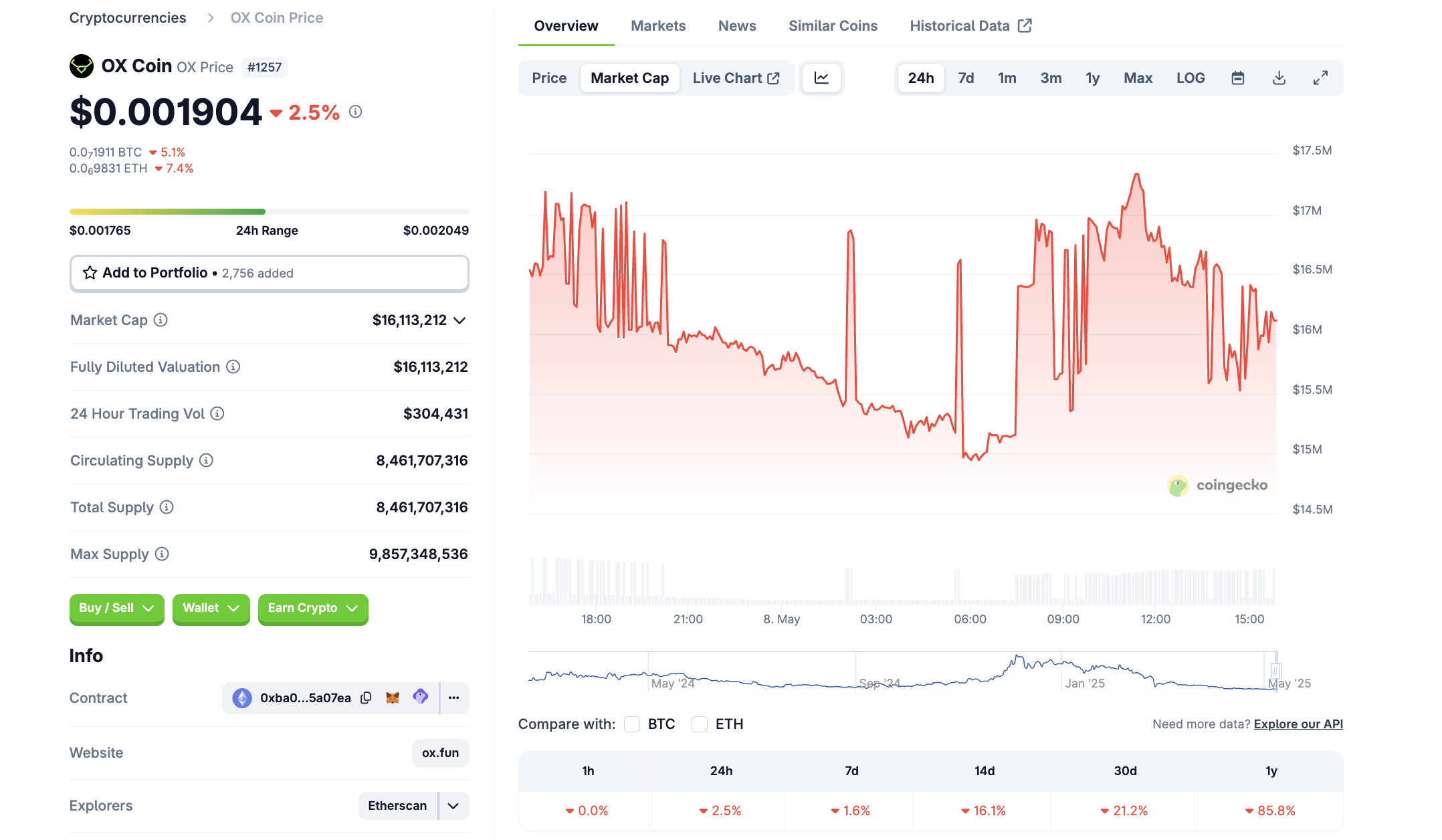
Many community members argue that increasing the token supply without disclosure indicates opaque behavior. They think it may be a signal for a rug pull.
Users also expressed their frustration over the lack of response initially from the project’s leaders.
“I love how @OXFUNHQ @zhusu continue to be dead silent about doubling the circulating supply of $OX overnight. I sincerely think they were just hoping that simply no one would notice. True regards,” commented an X user.
Ox.fun Claims It Announced OX Supply Surge
Ox.fun finally responded to the accusations, stating that the increase had been previously disclosed. The project explained that the increase in supply to 9.8 billion tokens was announced on April 1, 2025, as part of the “Ox Seasons” program. According to Ox.fun, Ox Seasons was announced through all social media platforms.
“Importantly, the tokens are locked in the OX treasury multisig (0x4B214e2a2a9716bfF0C20EbDA912B13c7a184E23) and will only be distributed to users at the end of the Seasons program, exactly as outlined in our docs.” stated Ox.fun
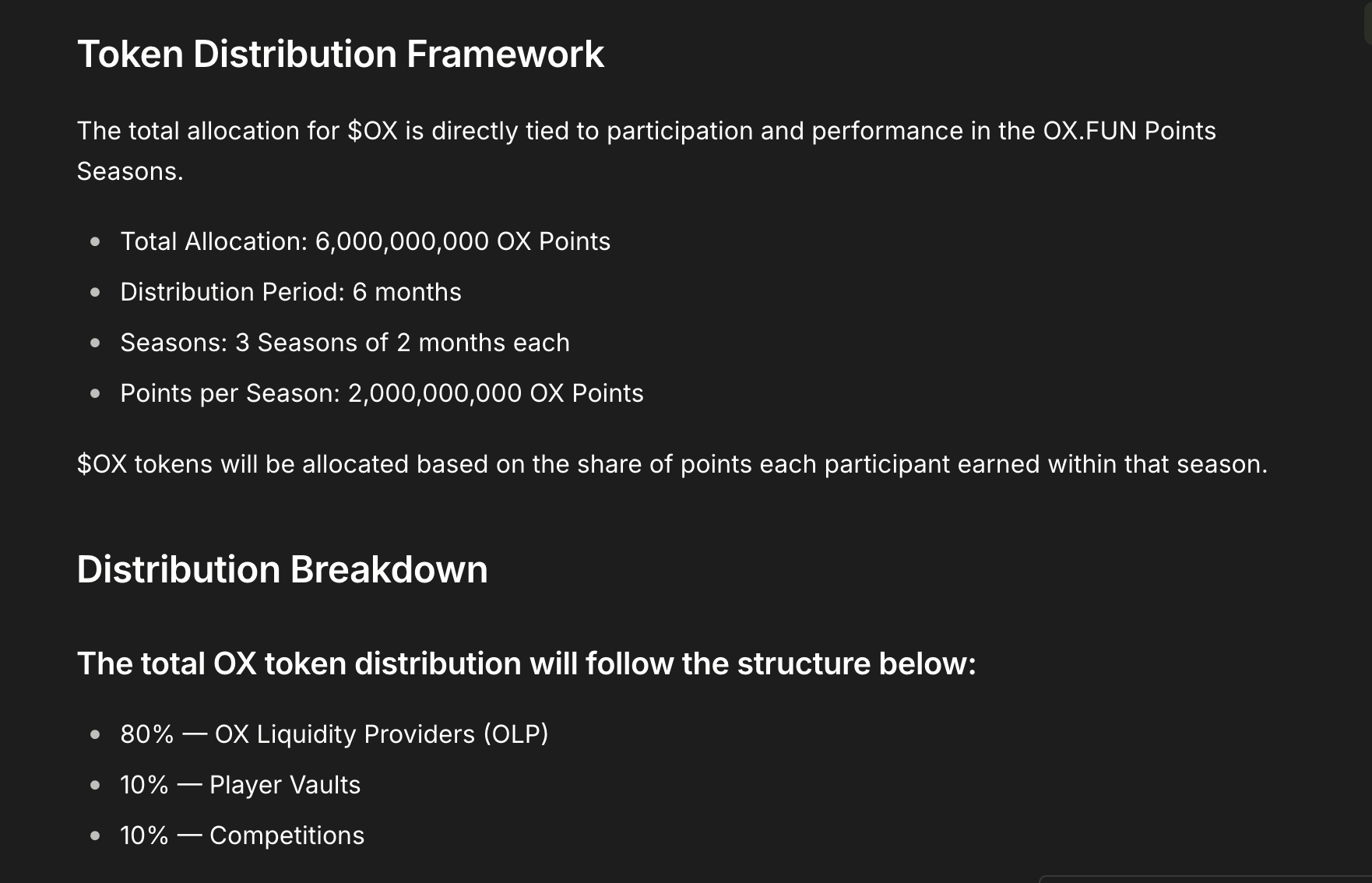
The team emphasized that this move, by disabling the smart contract’s mint function, was intended to ensure transparency and prevent future token minting.
However, the community remains skeptical due to the delayed communication, questioning whether Ox.fun has been as transparent as it claims.
The community’s skepticism persists, given Su Zhu’s reputation in the crypto space has been tarnished since the collapse of Three Arrows Capital (3AC). Additionally, in February 2025, Ox.fun had some issues with JefeDAO. Although the platform later provided explanations, these incidents have raised ongoing concerns about its financial stability.
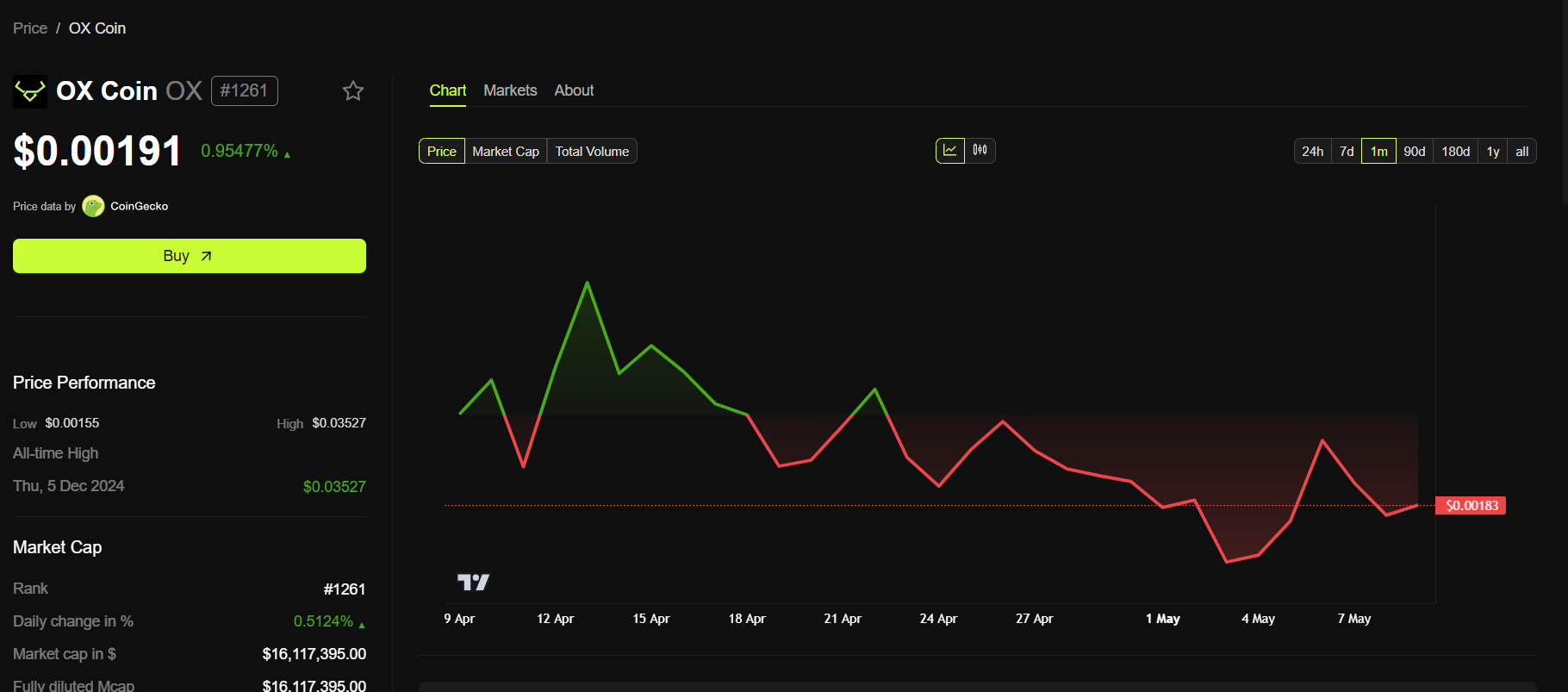
While the price of OX tokens has not experienced significant fluctuations following this event, smaller trading platforms like Ox.fun are often vulnerable to market sentiment.
The post Su Zhu-Linked Ox.fun Faces Backlash Over Sudden Doubling of OX Token Supply appeared first on BeInCrypto.




